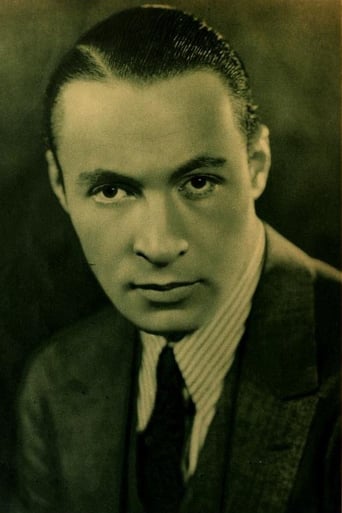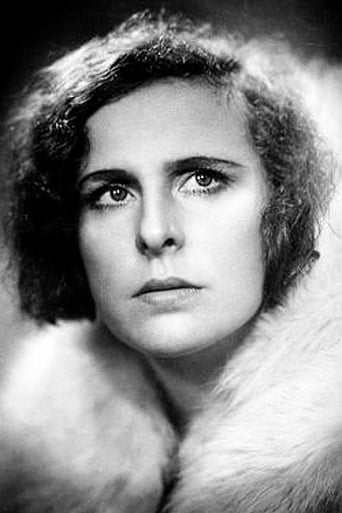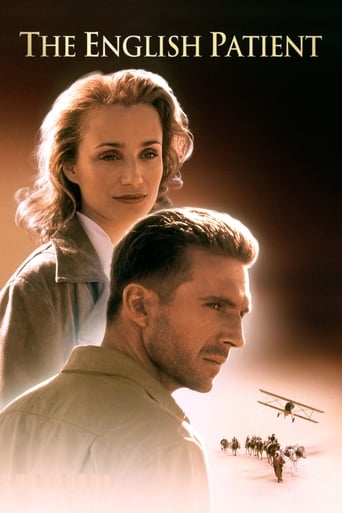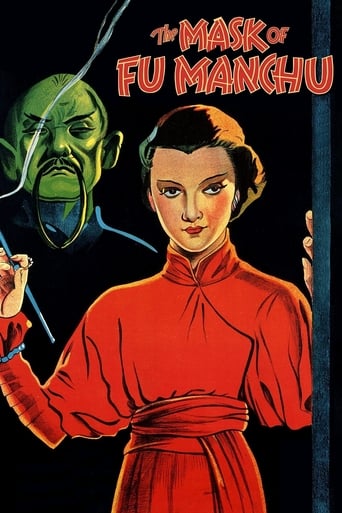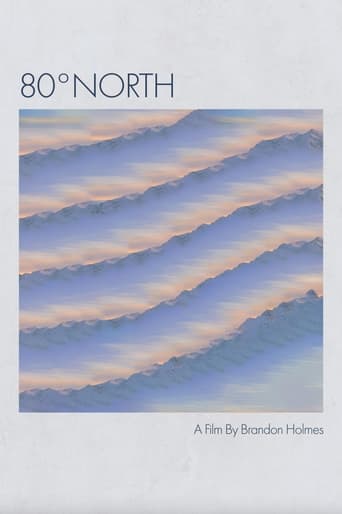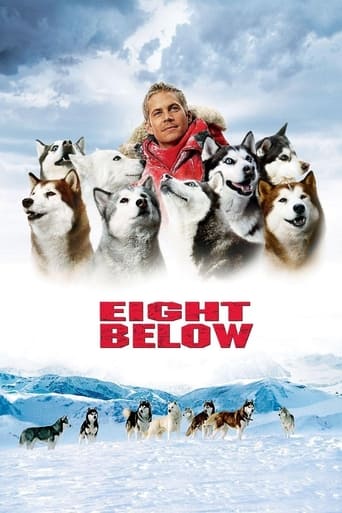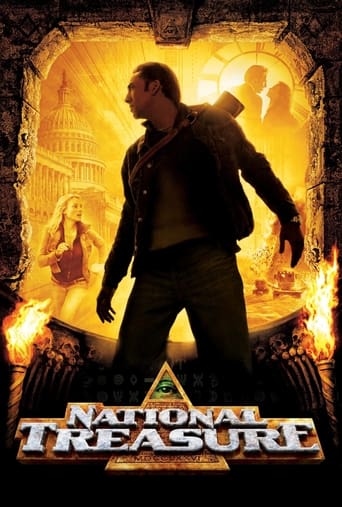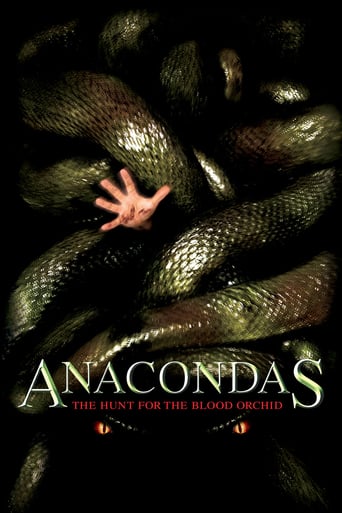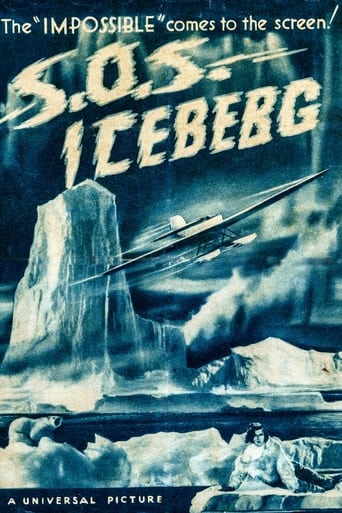
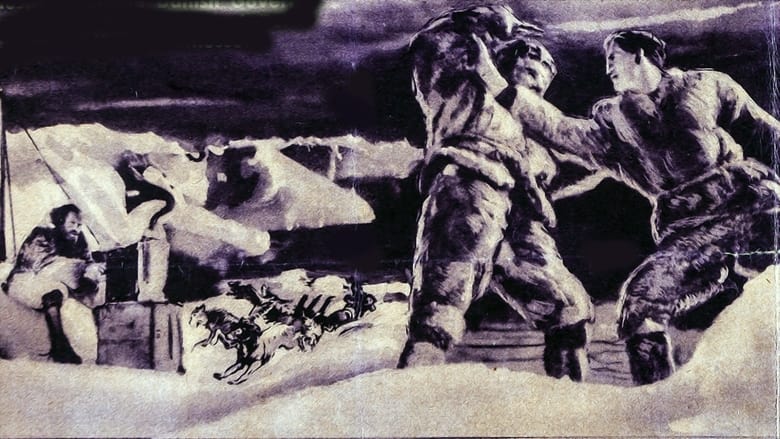
S.O.S. Iceberg (1933)
An expedition goes in search of a party lost in the Arctic the year before. This is the English language version of the German film S.O.S. Eisberg (1933), made at the same time but with a slightly different cast and released later that year. The German film is approximately 10 minutes longer.
Watch Trailer
Cast
Similar titles
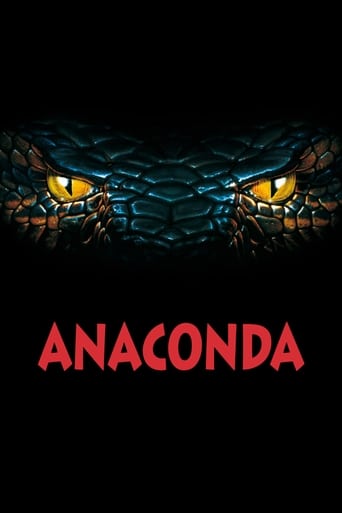
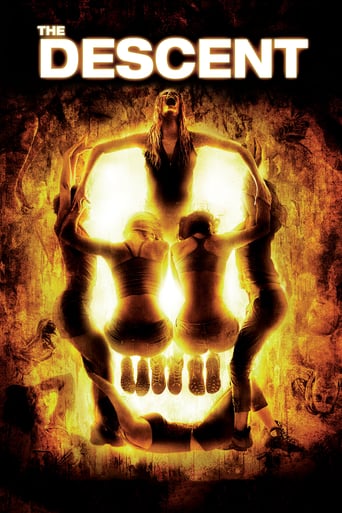
Reviews
Don't listen to the Hype. It's awful
Crappy film
A lot of fun.
The biggest problem with this movie is it’s a little better than you think it might be, which somehow makes it worse. As in, it takes itself a bit too seriously, which makes most of the movie feel kind of dull.
Dashing explorer Rod LaRoque, married to dashing aviatrix Leni Riefenstahl, gets stuck on an iceberg floating out to sea. Leni crashes her plane on that same iceberg, so she gets stuck too. Will the radio message "SOS ICEBERG" bring anyone to save them, or will they die of arctic cold and Luke-warm plot?Well, this one is odd, and not worth much of an effort, despite some breathtaking visuals. The plot, involving some reckless and stupid arctic adventurers, a series of poor decisions, and a wanton disregard for wearing gloves in cold weather, makes it impossible to care much about the fix these dingbats are in. And the last scene, involving a five mile hike/swim to an Eskimo village, is too absurd to deal with without giggling. If I am going to suspend my disbelief willingly, I need something to hold onto, and could not find it here.This is the only movie you'll find where Leni Riefenstahl speaks English. She doesn't say much, and her acting isn't too embarrassing. One imagines an alternate history where she makes a big splash (among other things, she is a looker), and stays in the US, and doesn't make Triumph of the Will. Problem is, this movie was never fated to make anyone a star. The only person who makes any attempt at stealing the film is Gibson Gowland (from Greed), whose hirsute villainy is more repellent than attractive.
*Note: this review is of the German language version of the film with English subtitles.* This film is certainly not one of the great pieces of European art cinema that I normally relish. It is, unabashedly, a simply adventure narrative yet, on its own merits, it succeeds brilliantly. It is in the vein of a "Boy's Own" adventure, yet, thankfully, the jingoism so often present in those tales is completely absent. Indeed, anyone who grew up reading adventure stories of polar exploration and the hunt for the North-West Passage will love it.Unfortunately, the characters are weakly-written and largely interchangeable. Leni Riefenstahl is particularly wooden and the character she plays is ridiculous (a female pilot/adventuress.) The lack of characterisation is the film's biggest flaw but the director wisely lets the environment star instead in this wonderfully-atmospheric man-versus-nature drama and the cinematographic views of Greenland are quite stunning at times.There are some wonderful symbolic moments, many symbolising the failure of modern technology to cope with this beautiful yet intrinsically hostile environment. Hence, there is the beautiful shot of the man standing alone on the tiny piece of ice, rapidly moving past the other man on the sinking aeroplane. There is also the brief but beautiful shot of the gramophone covered in icicles and the general unreliability of the radio-telegraph and Riefenstahl's crash in the other aeroplane.The film also depicts the irony of man, accustomed to being the master of his environment, suddenly finding himself vulnerable as the hunter becomes the hunted in the polar bear scene.The return to the primitive is also symbolised as the men are forced to eat raw fish, losing even one of the most basic hallmarks of human progress, the ability to make fire. This scene parallels that of two polar bears attempting to eat a seal, showing how the people are returning to the animalistic just to survive in this hostile terrain.Ultimately, this film really displays the spirit of adventure found in those novels typically beloved by young boys between the ages of nine and thirteen. However, it is not a children's film; as an adventure, it is suitable for the whole family. The great tragedy is that films like this are simply not being made any more, at least not in the English-speaking market and especially not by Hollywood. Where are the pure adventure stories aimed at boys? This market is simply not being tapped by modern film-makers.To end, here, refreshingly, is a film aimed the young that predates the cynical era of exploitation via merchandising, product placement and tie-ins. Much, much better still, there is virtually no violence on display until a very brief fist-fight towards the end and, thankfully, there is not a single gun to be seen.
This adventure is part travel documentary and part rescue drama as a small group of explorers becomes trapped on a melting iceberg off the coast of northern Greenland where this film was actually shot. Leni Riefenstahl, Gavin Gowland and other performers are merely the supporting cast for assorted glaciers and ice floes, as well as sled dogs, polar bears and various sea planes that buzz and glide over the starkly beautiful arctic vistas. The Kino DVD release includes both the German and English versions which differ in content as well as language. The German version (directed by Arnold Fanck) is superior in all respects from narrative cohesion to pictorial quality to musical scoring (it reaches positively Wagnerian levels in one powerful sequence that finds Sepp Rist trapped on ice floes amidst raging wind- driven white-capped ocean currents with massive ice formations in the background). The cinematography, by Richard Angst and Hans Schneeberger (what perfect surnames for this project!) is as stunning as anything else of its time.The English-language version, credited to director Tay Garnett, seems to move in fits and starts by comparison. Most of the dialogue is cut; Riefenstahl's few lines are clumsily inserted and the role played by Gustav Diessl in the German version is taken by Rod La Rocque who speaks barely 10 lines throughout. Gavin Gowland, well known to anyone who has seen Von Stroheim's GREED, surprises with a cultivated, rather high-pitched British accent. (In the German version he speaks a sort of baby-talk dialect and is referred to as "Fatso" by another character.)In both versions there is a beautiful scene, apparently shot in Thule, Greenland, of a whole Eskimo village, with a dog population at least as large as the human, gathering to watch a sea plane circle overhead and land. Some of the shots of human-polar bear interaction look faked but on the whole it's a visually convincing presentation, with some exciting, rapid-fire edits too.This film brings to mind TRADER HORN (1931) which also had a documentary feel and dealt with a group of explorers entering dangerous territory to search for a missing person.
Amazing adventure film made in Greenland as a co-production of the USA and Germany. The film has a documentary feel to it and although filmed in both English and German versions, much of the film is silent.Rod La Rocque stars as an explorer who gathers an expedition team to find the files and whereabouts of an explorer who died in the Arctic. Once there, they realize they are too late because the ice is melting and the explorer is likely on the other side on a vast fjord. So La Rocque sets out by himself and becomes lost as well.The rest of the team then sets out after La Rocque. German actor Sepp Rist becomes the new leader of the team, which include famed silent actor, Gibson Gowland who starred in GREED.After the team loses a sled carrying their food and most of the sled dogs (they fall in an ice cave) the men now face starvation as well as exposure to the elements. n an attempts to cross the fjord they end up on a giant iceberg that breaks away from the mainland. They a adrift.They make radio contact just before their batteries die, and La Rocque's wife (Leni Riefenstahl--infamous German filmmaker and actress) sets out to rescue them. But as she approacher the ice berg, her plane crashes and she is stranded with them.The story is quite good, but it's the real footage of Greenland that is amazing. The shots of the frozen north, the icebergs, and the freezing Atlantic serve as a spectacular backdrop for the story. The aerial shots of rescue planes are also stunning.The filming of the iceberg as it breaks apart and rolls in the ocean as it seeks a new balancing point is a one-of-a-kind scene.Despite the star status of La Rocque and Riefenstahl, Rist and Gowland steal the film, which is beautifully directed by Tay Garnett with lots of closeups. This is a must-see film!
